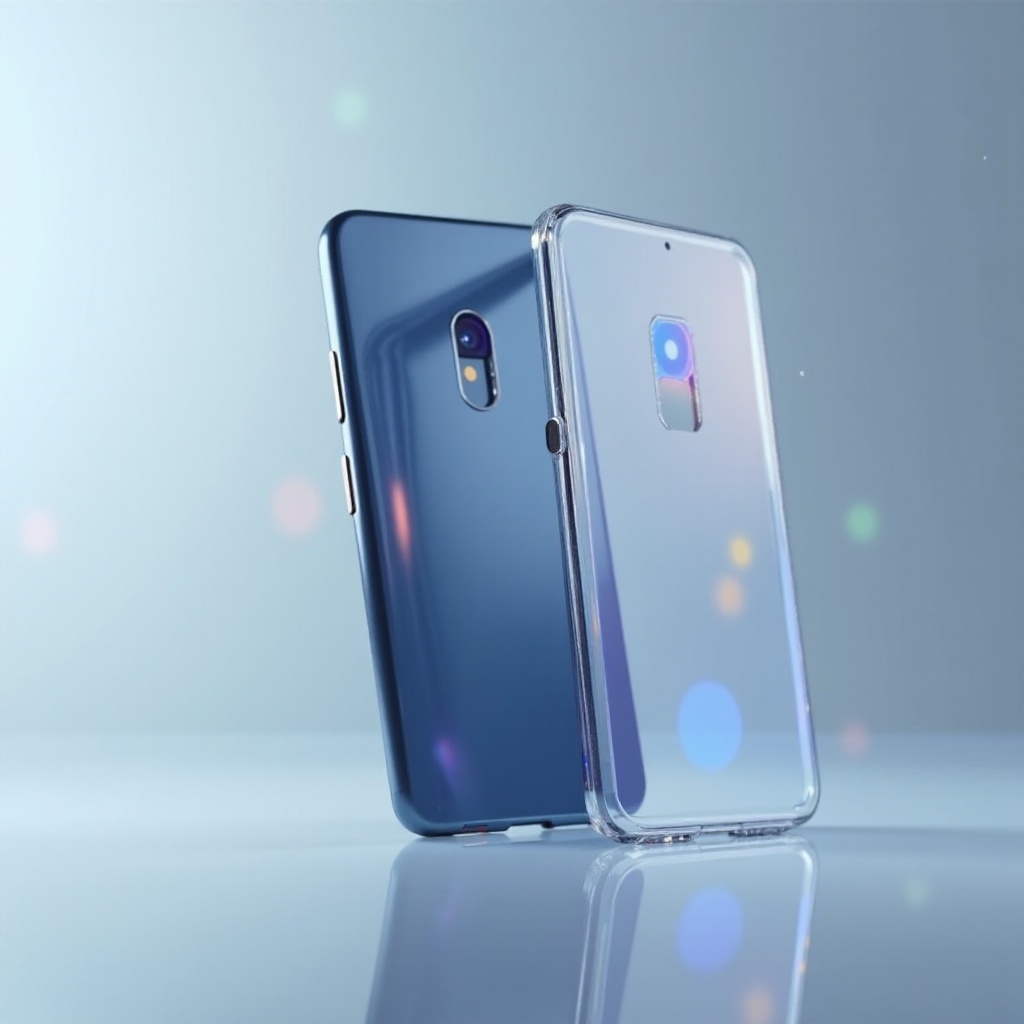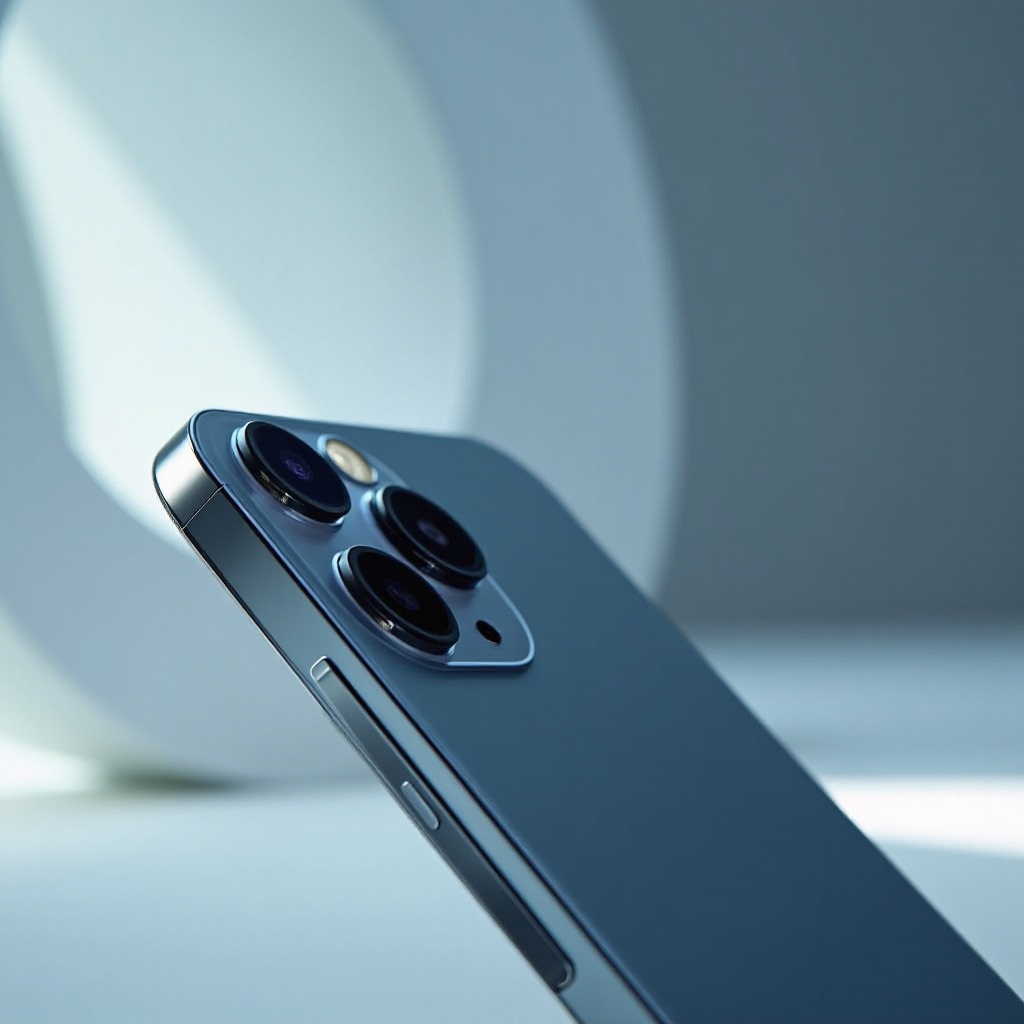Introduction
Smartphones have become integral to our daily lives, continuously evolving with the latest technology trends. By 2025, smartphones are expected to undergo groundbreaking changes that will redefine how we interact with these devices. This blog provides a thorough analysis of what to expect from smartphones in 2025, focusing on key advancements in display technology, processors, AI capabilities, camera systems, battery technologies, and connectivity.

The Leap in Display Technology
One of the most exciting advancements in 2025 smartphones will be the revolution in display technology, enhancing user experience in unprecedented ways.
Foldable and Rollable Screens
In 2025, foldable screens will become more common, offering users the versatility of a tablet in a smartphone’s compact form. Rollable displays will be a groundbreaking feature, allowing the screen to expand and retract, adapting to different usage needs.
Higher Refresh Rates and Resolution
Display quality will reach new heights with higher refresh rates and improved resolution. Standard refresh rates of 120Hz or higher will provide smoother animations, better gaming experiences, and superior overall performance. Enhanced resolutions will result in sharper, more vibrant displays, making content consumption more enjoyable.
Integrated Augmented Reality Displays
Augmented Reality (AR) will be seamlessly integrated into smartphone displays. This integration will enhance real-world interactions, creating immersive experiences such as virtual try-ons, interactive gaming, and advanced navigation aids.
Advanced Processor and AI Capabilities
The advancements in display technology will require powerful processors and sophisticated AI to deliver their full potential. By 2025, smartphones will feature cutting-edge chipset technology to significantly enhance performance.
Cutting-edge Chipsets
Smartphones will incorporate advanced chipsets with smaller, more efficient transistors. These powerful chips will improve processing speed, energy efficiency, and overall device performance, enabling more complex and demanding applications.
Enhanced AI Performance
AI capabilities will undergo a significant transformation. Enhanced AI will learn from user interactions, customizing the smartphone experience. Tasks like voice recognition, photo organization, and predictive text will become more accurate, personalized, and efficient.
Implications for Gaming and Multitasking
With better processors and AI, gaming on smartphones will experience a remarkable upgrade, rivaling traditional gaming consoles in terms of graphic quality and speed. Multitasking will also improve, allowing users to switch seamlessly between applications without experiencing lag or slowdowns.
Next-Generation Camera Systems
The advancements in display and processing power will be complemented by significant improvements in smartphone camera systems.
Multi-lens Setup and Megapixels Race
The megapixels race will heat up with multi-lens setups featuring higher megapixel counts. These setups will provide unparalleled image clarity, detail, and depth, allowing users to capture professional-grade photos.
Computational Photography
Computational photography will revolutionize how images are processed. Utilizing AI, smartphones will create better photos by merging multiple shots, reducing noise, and enhancing dynamic range. This technology will make high-quality photography accessible to everyone, regardless of skill level.
Improved Low Light and Zoom Capabilities
Improved sensors and AI algorithms will enhance low-light photography. Night shots will be clearer and more detailed. Optical zoom capabilities will see advancements, allowing users to capture sharp images from great distances without losing quality.

Battery Technologies and Charging
The evolution of smartphones is accompanied by parallel advancements in battery technology, crucial for supporting these new features.
Solid-state Batteries
Solid-state batteries will replace traditional lithium-ion batteries. These new batteries will offer higher energy density, translating to longer battery life, quicker charging times, and enhanced safety due to their non-flammable nature.
Ultra-fast Charging Techniques
Ultra-fast charging will become a standard feature, enabling smartphones to fully charge within minutes instead of hours. This advancement will benefit users constantly on the go, providing convenience and efficiency.
Sustainable and Eco-friendly Battery Solutions
There will be a significant shift towards sustainable battery technologies. Smartphone manufacturers will focus on eco-friendly materials and recycling programs, reducing the environmental impact and promoting sustainability within the tech industry.
Connectivity and Network Advancements
As smartphones become more advanced, so do the connectivity improvements, enhancing the overall smartphone experience.
The Onset of 6G
6G networks will debut, offering speeds significantly faster than 5G. This development will revolutionize internet connectivity, enabling smoother streaming, real-time virtual experiences, and faster download speeds, paving the way for new applications and services.
eSIM Adoption and Beyond
eSIM technology will become more prevalent, granting users the flexibility to switch carriers and plans without needing physical SIM cards. This advancement will simplify connectivity and offer greater convenience for global usage.
Enhanced IoT Integration
Improved integration with the Internet of Things (IoT) will be another key feature of 2025 smartphones. Seamless connection with smart home devices, wearables, and other IoT gadgets will facilitate a more connected and intuitive user experience.

Conclusion
The year 2025 will mark a transformative era for smartphones, featuring groundbreaking advancements in display technology, processing power, camera systems, battery life, and connectivity. These innovations will not only elevate user experiences but also redefine interactions with technology, paving the way for a more connected and efficient future.
Frequently Asked Questions
What are the expected advancements in smartphone displays by 2025?
By 2025, we can expect foldable and rollable screens, higher refresh rates and resolutions, and integrated augmented reality displays, offering more immersive and versatile user experiences.
How will AI enhance smartphone functionalities in 2025?
AI will significantly enhance smartphone functionalities by providing more personalized experiences, improving efficiency in tasks like voice recognition, photo organization, and predictive text, and enabling advanced gaming and multitasking capabilities.
What are the sustainable practices in smartphone manufacturing expected in 2025?
Smartphone manufacturers will adopt sustainable practices such as using eco-friendly materials and recycling programs, focusing on producing solid-state batteries that are safer and have a reduced environmental impact.
